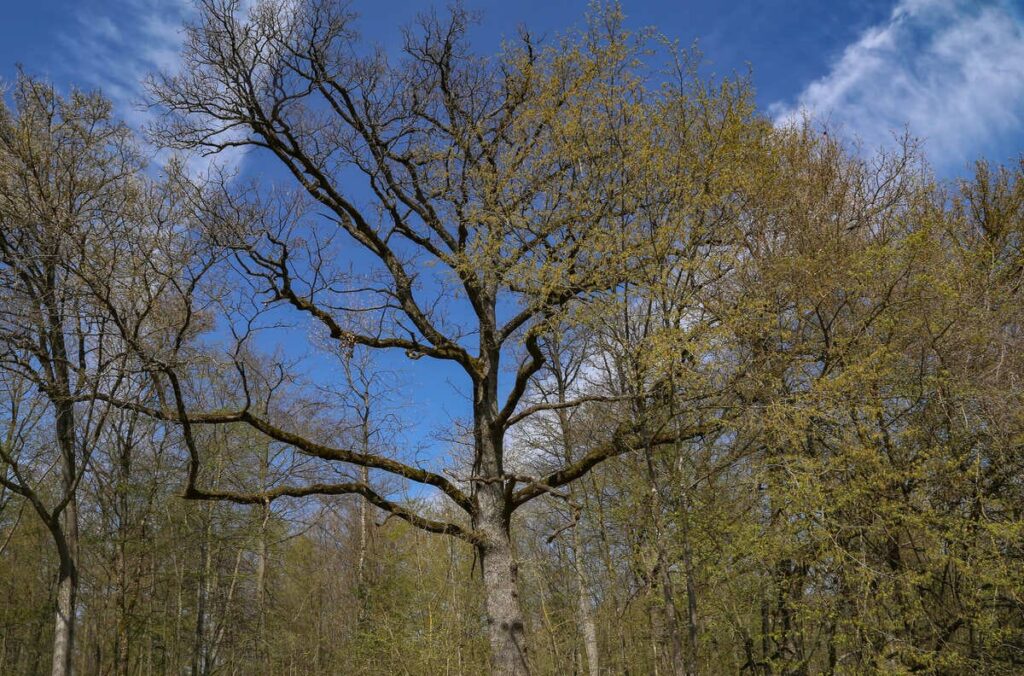
Trees play one of the most important roles in life, providing oxygen, food, shade, and many other benefits necessary for life. Trees generally have a large lifespan, but in some cases, their lifespan is interrupted because of some diseases that insects, fungi, weather, time, and many other factors can cause.
In this blog post, you will learn some factors that can cause your tree’s death and 4 tips to help you save them with prompt detection.
To learn how to save your dying tree, you need to know its causes of death because otherwise, you will not even know what is happening to them. Some of the death causes are:
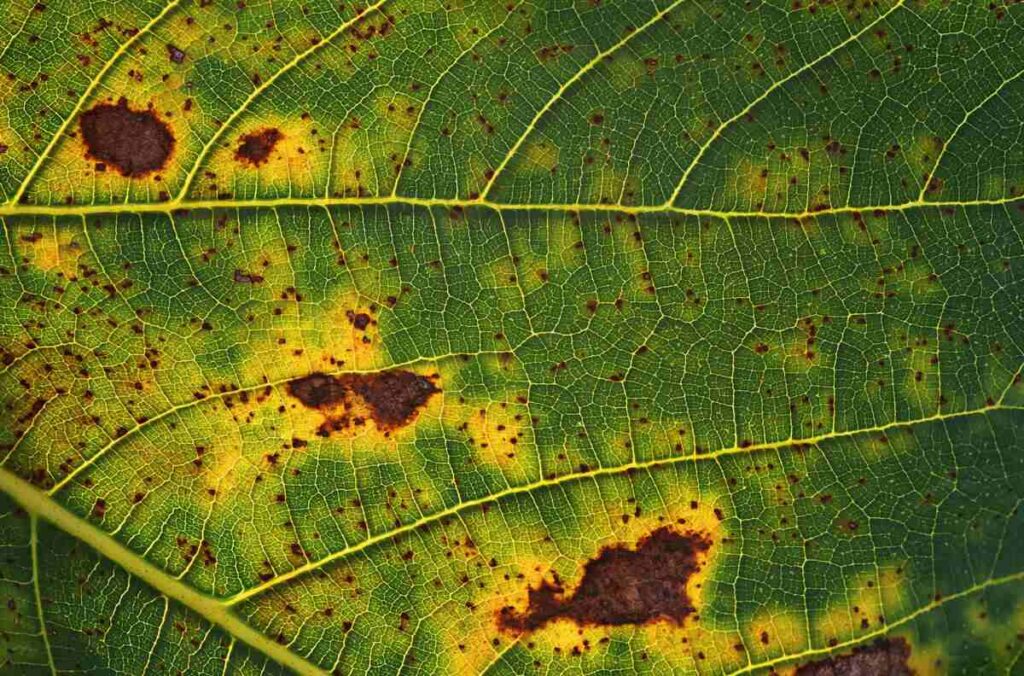
Check your trees and look for any leaf spots since it could clearly indicate that fungi are attacking your tree.
If your tree has fungi or bacteria and is not treated, a fungal disease could kill it in 2-6 years, depending on the type of fungi.
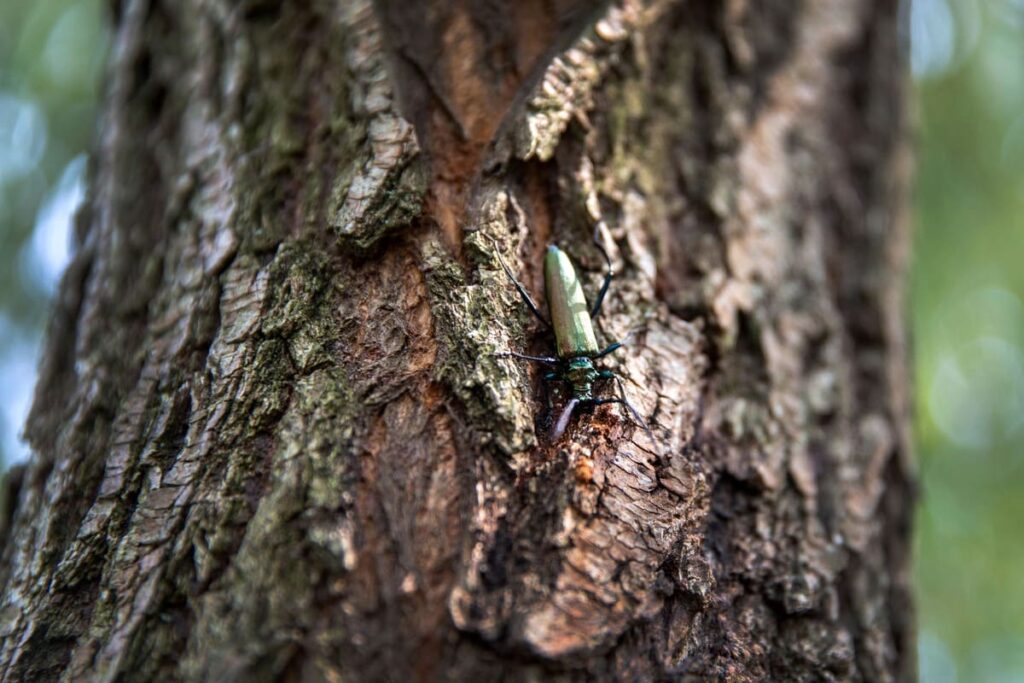
If you have noticed that some insects are walking in your tree, you must be careful because most of them are fatal. For example, if bark beetles infect your tree, it will eventually lead to its death, typically within 2-4 years of infestation.
Poor watering is among the most common causes of dead trees worldwide. It’s not just underwatering that can kill them but also overwatering; as the saying goes, “Too much of anything is bad.” So you need to be careful when doing so.
Sometimes it is necessary to apply some chemical products, such as herbicides. But you must be careful when doing so.
Always let professionals do that job because you can kill your beloved tree because of a bad application. If you spray herbicide on the roots, the tree will absorb it and consequently die.
The earlier you identify that your tree is dying, the higher the probability of saving it.
Some of the Signs of a Dying Tree Are:
Leaf spots and brittle or bare branches are sure signs that something obstructs the tree’s nutrients.
If your tree has some of the characteristics mentioned before, it is a potential indicator of a dying tree. Bare branches on one side of a tree could indicate root damage, leading to its death if not treated promptly.
The treatment of a dying tree starts with identifying what the problem is. You need to determine what exactly is happening to your tree.
The Common Causes of Dying Trees Are:
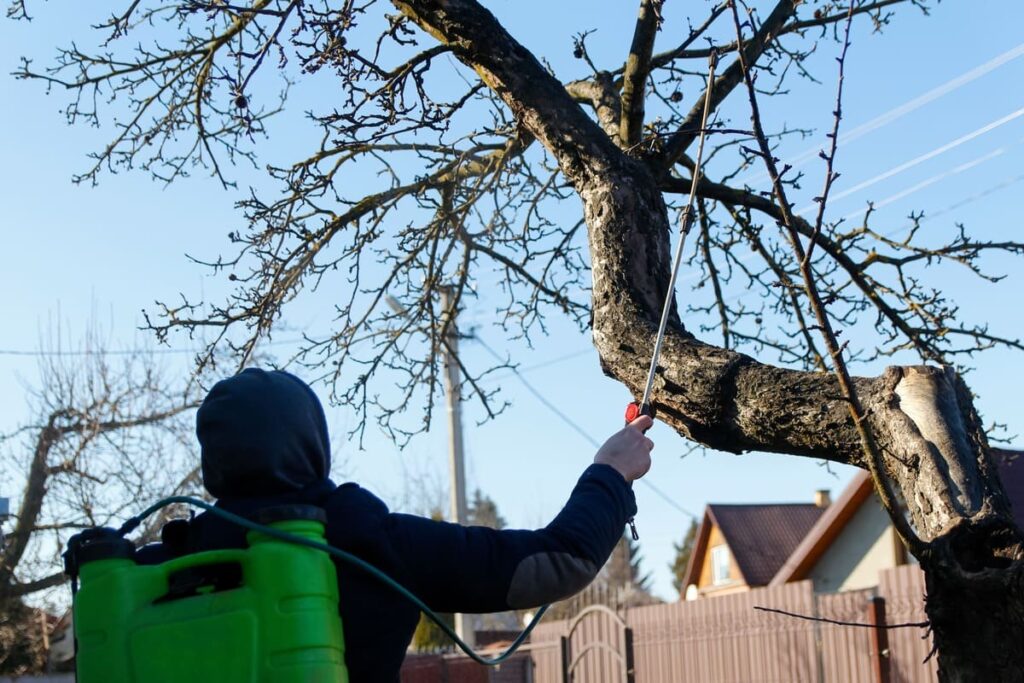
Once you have determined what is happening to your trees, you can start taking action by applying insecticides or fungicides, depending on what disease your trees have.
Suppose your trees have been infected by insects such as bark beetles. In this case, you have some options to eliminate them. Some of the most common chemical treatments for insects are:
On the other hand, we have fungi. Some of the tree fungi do not represent a threat, but others are a serious problem. And it’s necessary to apply fungicides. Some of the most common fungicides are:
It is important to clarify that any chemical product you want to apply needs and must be done by professionals in tree care since it could have even more negative effects if wrongly applied.
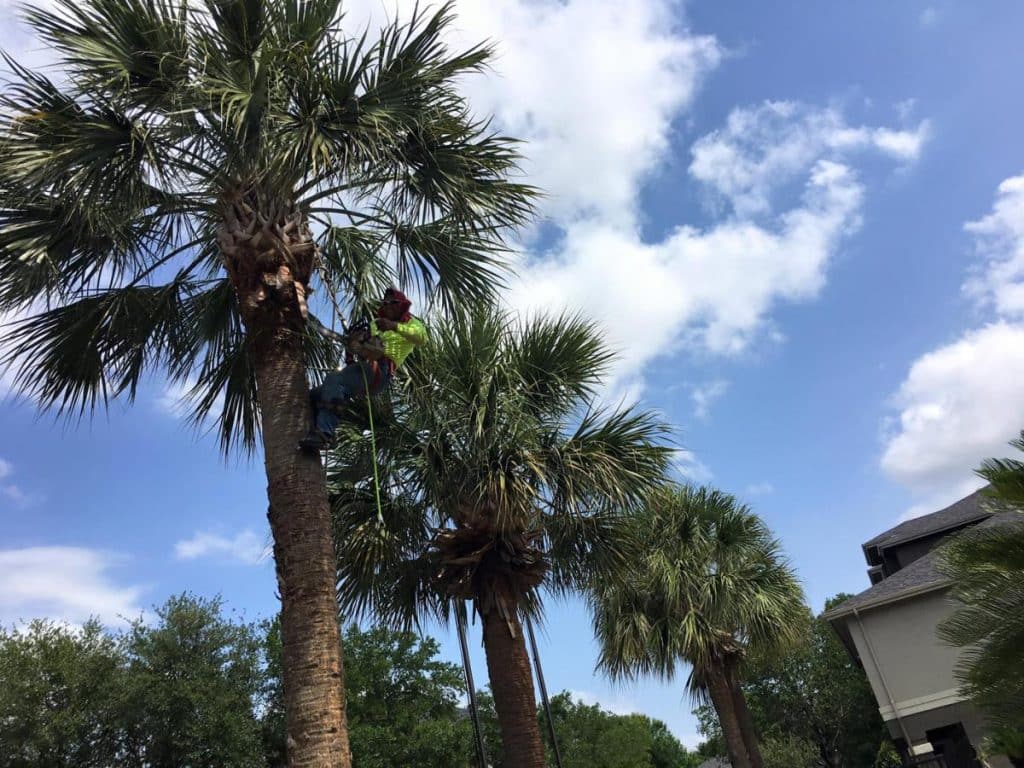
If your tree is just starting to get sick, prune the affected branches as soon as you can to stop the spreading. Trimming and pruning are practical and generally affordable solutions that can help you to save your dying tree.
If you don’t want to propagate the infestation while doing so, remember that it is vital to sterilize the tools you use.
Sometimes, you may unintentionally make mistakes when caring for your tree. So if you want to improve and extend the lifespan of your trees, take note of the following tips:
Always ensure to provide your trees with the right amount of water at the right time. For example, if you overwater a tree, the roots will suffocate and will not be able to take the oxygen necessary, leading to their death. Underwatering will also critically affect your trees.
The proper amount of water for a tree is generally 10 gallons per inch of the tree diameter.
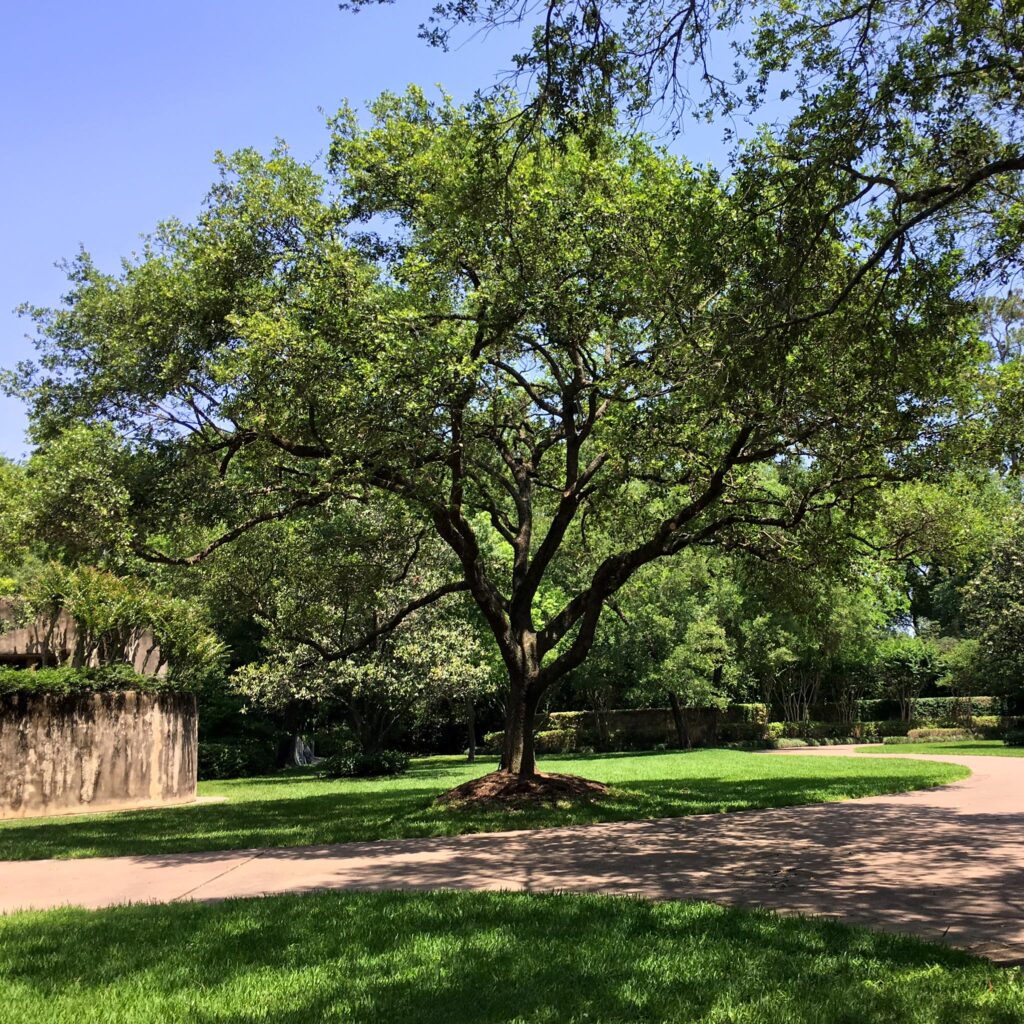
As the saying goes, “The greatest victory is that which requires no battle.” Regular tree care will help you keep diseases away from your trees.
Regular trimming and pruning are critical to your tree’s health, not just to make your trees look better. They can improve their growth and retain their natural appearance.
Saving your dying trees is possible if you detect the early signs. Still, if you realize these diseases later, it will be necessary to hire professional tree services since they are equipped with the right tools and experience.
I hope you loved our article, and if you found it helpful, share this piece of content on your social media. Stay tuned, take care, and till next time!
Click on the Facebook icon to share this article!